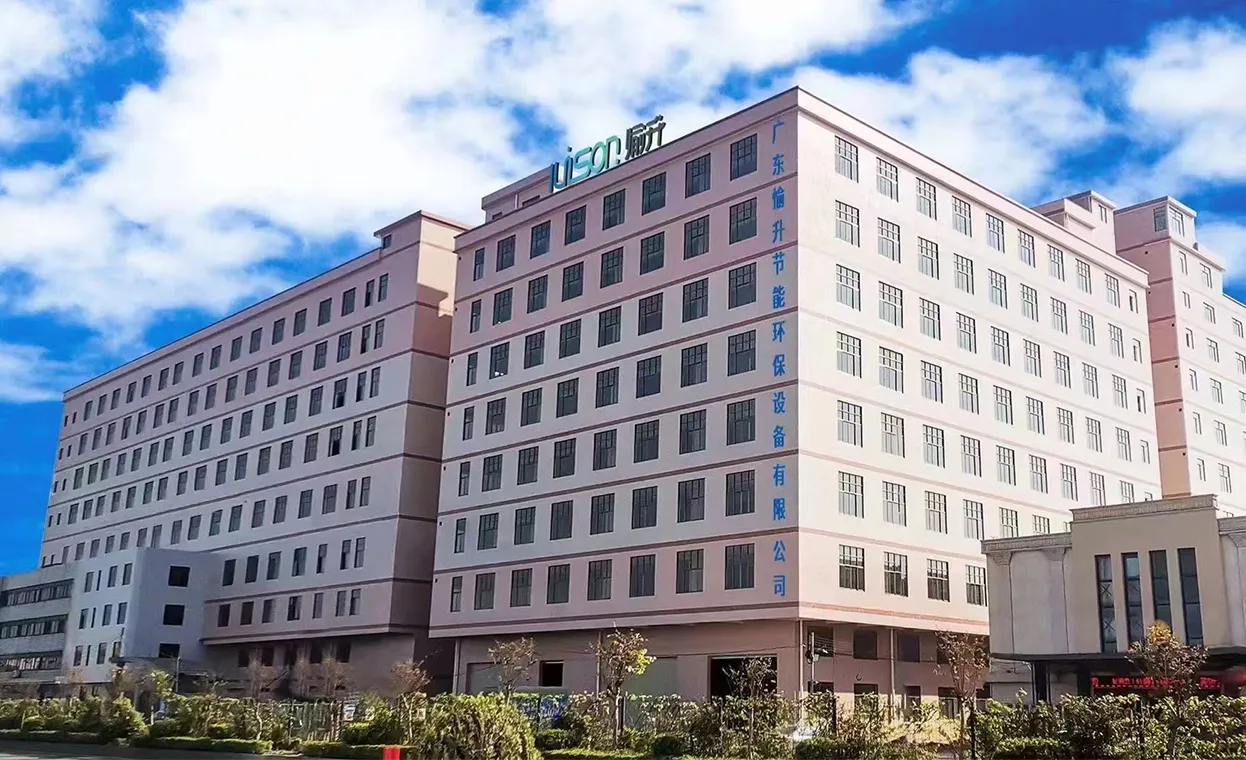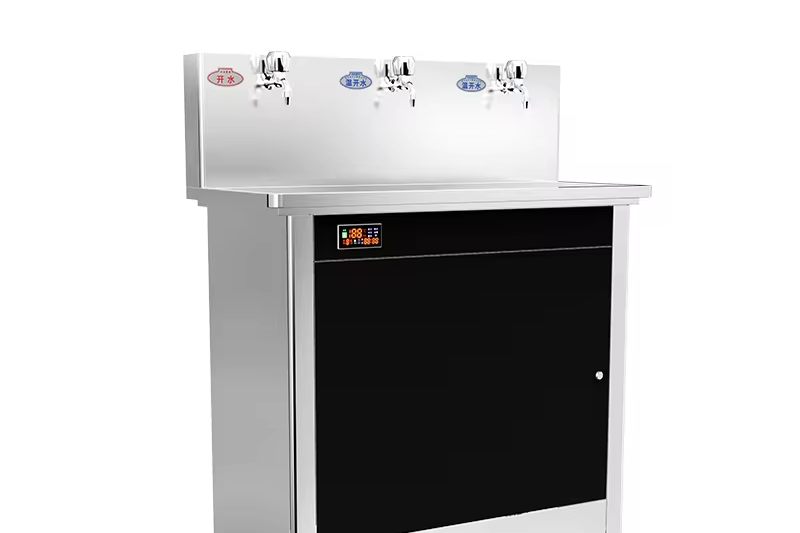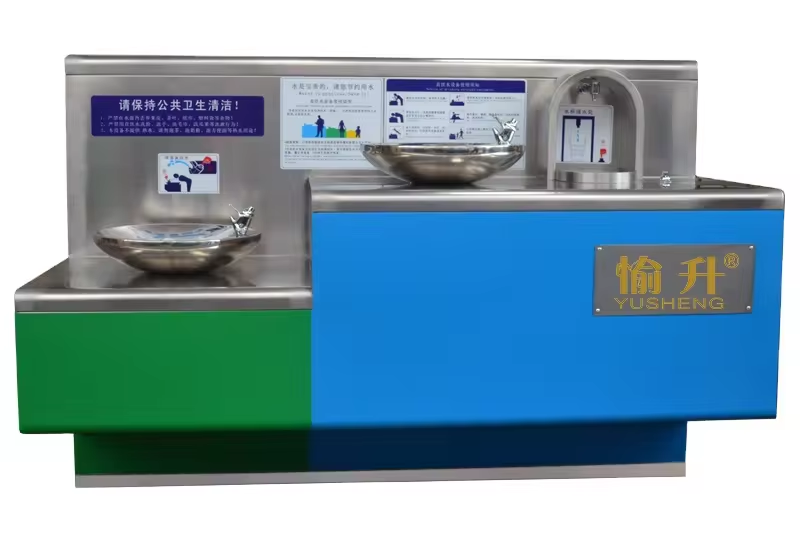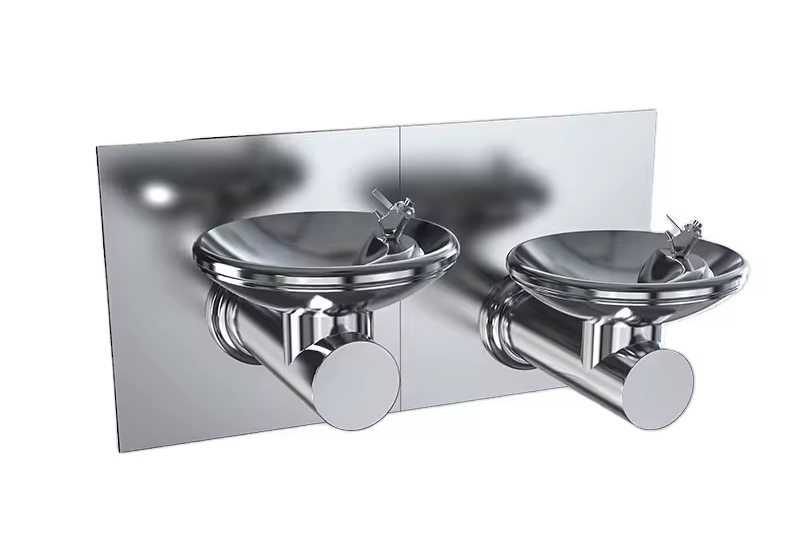
Наш найкращий питний фонтан не лише функціональний, але й стильний. Довговічність і надійність гарантовані, оскільки він виготовлений з високоякісних матеріалів. Він може гармонійно вписатися в будь-яке середовище, оскільки має гладку поверхню, яка добре підходить скрізь і в той же час втамовує спрагу. Ви отримаєте зручність і красу разом, коли будете користуватися цим найкращим у своєму класі водяним диспенсером.

IUISON спеціалізується на комерційних водах SUS для пиття. За 16 років досвіду у галузі міжнародної торгівлі ми здобули сильну репутацію завдяки якісним продуктам, відмінному обслуговуванню клієнтів та конкурентоспроможним цінам. Це дозволяє нам пропонувати спрямовані рішення, які задовольняють унікальні вимоги наших клієнтів.
Наш асортимент включає водомети, кипятильники для води та зовнішні фонтани для пиття, які продаються більше ніж у 80 країнах і регіонах світу, обслуговуючи великі компанії, урядові органи та міжнародні екологічні організації тощо. Наш річний експортний дохід перевищує 10 мільyon доларів.
Ефективний диспенсер гарячої та холодної води для офісу, з елегантним дизайном та простим утриманням.
Стійкий нержавіючий залізний фонтан на вулиці, що забезпечує освіжуючою гідратацією відвідувачів парку.
Компактний настінний фонтанчик, ідеальний для шкіл, легкий у використанні та обслуговуванні.
Економить місце під раковиною охладжувач, який доставляє моментально холодну воду з преміальним фільтруванням.

27
Apr
27
Apr
27
AprІснує кілька основних переваг придбання настінної станції для наповнення пляшок IUISON для вашого закладу. По-перше, вона є екологічно чистою, оскільки допомагає зменшити використання одноразового пластику, тим самим знижуючи вуглецевий слід вашої організації. По-друге, вона забезпечує легкий доступ до фільтрованої води, яку можуть використовувати співробітники, відвідувачі або клієнти для втамування спраги під час перебування на території, що сприяє гідратації. По-третє, це естетично привабливе обладнання покращує естетичну цінність у приміщеннях, але в той же час пропонує практичні рішення для задоволення потреб у гідратації.
Станція для наповнення пляшок IUISON має систему, яка очищає воду, забезпечуючи її чистоту та безпеку для пиття завдяки передовій технології, що базується на різних етапах фільтрації. Використовуються фільтри з активованим вугіллям, серед інших, для видалення забруднень, таких як хлор або частинки осаду, які можуть вплинути на смак або запах. Це означає, що користувачі завжди будуть насолоджуватися свіжою без запаху водою з таких диспенсерів.
Процес встановлення цього продукту був спрощений, оскільки будь-хто може зробити це самостійно, не вимагаючи спеціальних навичок, але можуть бути випадки, коли потрібна допомога кваліфікованого техніка/підрядника, який має знання про сантехнічні з'єднання та монтажне обладнання. Однак, якщо ви уважно дотримуєтеся інструкцій з установки, жодних труднощів не виникне, також наша команда підтримки клієнтів може надати додаткову допомогу за потреби.
Безумовно, так! Хороша новина про ці диспенсери полягає в тому, що вони дають можливість для налаштування, щоб задовольнити специфічні потреби клієнтів, таким чином, вони можуть добре поєднуватися з їхнім середовищем, як через декоративні елементи, так і через кольорові схеми. Отже, логотипи можуть бути персоналізовані відповідно до того, що компанія хоче, щоб її брендова ідентичність була представлена, коли люди стикаються з ними на роботі або в зовнішньому світі. Тому досягти цілей брендингу навіть на рівні робочого місця можливо, якщо між командою дизайнерів і клієнтом відбувається належна консультація.
Обслуговування, яке вимагає це обладнання, не є значним, оскільки більшість частин були спроектовані таким чином, що їх важко пошкодити, але є кілька простих речей, які можна зробити, наприклад, заміна фільтрів відповідно до рекомендацій виробника, а також очищення зовнішніх поверхонь, коли це необхідно. Це означає, що особи повинні очікувати менше поломок від цих предметів, оскільки їх конструкція була зосереджена на довговічності та надійності під час використання, таким чином, вони можуть служити багато років без будь-яких проблем.
